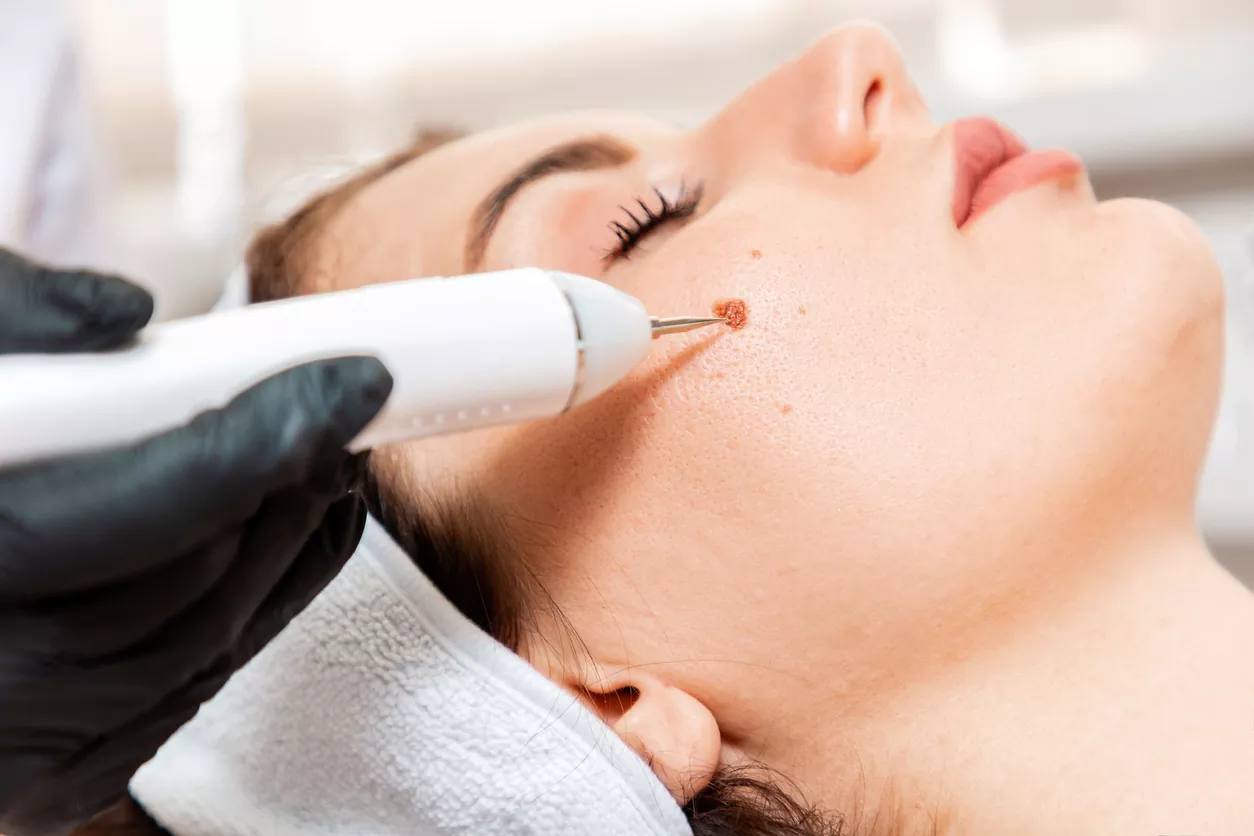Introduction: Warts are a common dermatological issue caused by the human papillomavirus (HPV), affecting people of all ages. While they are generally harmless, warts can be unsightly and cause discomfort. Fortunately, numerous wart removal treatments are available to help individuals reclaim clear and healthy skin. In this guide, we'll explore various wart removal options, from over-the-counter remedies to medical procedures, empowering you to make informed decisions about managing these stubborn growths.
Understanding Warts: Warts are benign growths that can appear on any part of the body, including the hands, feet, face, and genital area. They result from HPV infection, which causes the skin cells to grow rapidly, forming a raised bump with a rough texture. Warts can vary in size, shape, and appearance depending on the strain of HPV and the individual's immune response.
Common Wart Removal Treatments:
-
Over-the-Counter (OTC) Medications:
- Salicylic acid-based products are widely available OTC treatments for wart removal. These products work by softening the wart tissue and gradually peeling it away.
- OTC medications come in various forms, such as creams, gels, and patches, and are typically applied directly to the wart. While they may take several weeks to show results, they are generally safe and effective for common warts.
-
Cryotherapy:
- Cryotherapy involves freezing the wart using liquid nitrogen, causing the tissue to die and eventually slough off. This treatment is often performed in a healthcare provider's office and may require multiple sessions for complete removal.
- Cryotherapy is suitable for various types of warts, including plantar warts and genital warts, but it can be painful and may cause blistering or temporary discoloration of the skin.
-
Prescription Medications:
- In cases where OTC treatments fail to produce results, prescription-strength medications may be necessary. These may include stronger concentrations of salicylic acid, immunomodulators, or antiviral drugs.
- Prescription medications are typically prescribed by a healthcare provider and may be more potent than OTC options. They are often recommended for stubborn or recurrent warts.
-
Electrosurgery and Curettage:
- Electrosurgery involves using an electric current to burn the wart tissue, while curettage involves scraping off the remaining tissue with a sharp instrument. This combination procedure is performed under local anesthesia in a clinical setting.
- Electrosurgery and curettage are effective for removing large or resistant warts but may result in scarring and require a longer recovery period.
-
Laser Treatment:
- Laser therapy utilizes focused laser beams to target and destroy the blood vessels supplying the wart, leading to its removal. This treatment is suitable for warts that have not responded to other therapies or for those located in sensitive areas.
- Laser treatment is precise and minimally invasive, but it may require multiple sessions to achieve complete clearance.
-
Surgical Removal:
- Surgical excision involves physically cutting out the wart using a scalpel or surgical scissors. This option is reserved for large or persistent warts that do not respond to other treatments.
- Surgical removal is effective but may leave a scar and require a longer recovery time compared to other methods.
-
Immunotherapy:
- Immunotherapy aims to stimulate the body's immune response to target and eliminate the wart virus. This may involve injecting the wart with substances such as interferon or applying topical agents that boost immune activity.
- Immunotherapy is often used for recurrent or resistant warts and may require multiple sessions for optimal results.
Choosing the Right Treatment: When selecting a wart removal treatment, it's essential to consider factors such as the type and location of the wart, the individual's medical history, and their preferences. Consulting with a healthcare provider can help determine the most suitable option for achieving successful wart clearance.
Conclusion: Warts may be a common skin condition, but they don't have to be a permanent fixture. With a range of effective wart removal treatments available, individuals can regain confidence in their skin's appearance and bid farewell to these bothersome growths. By understanding the available options and seeking guidance from healthcare professionals, anyone can take proactive steps towards achieving smooth, blemish-free skin once again.


No comments yet